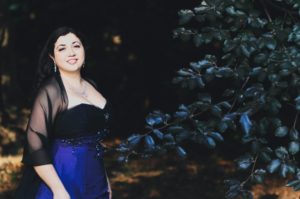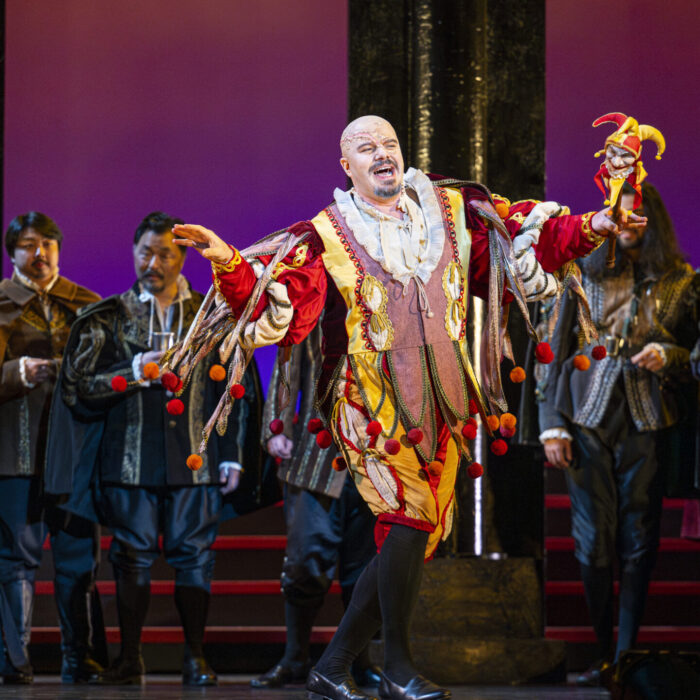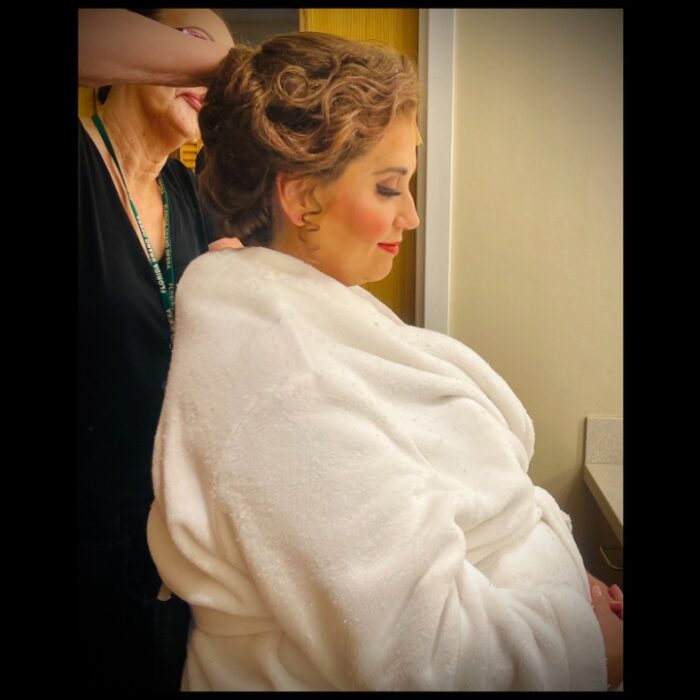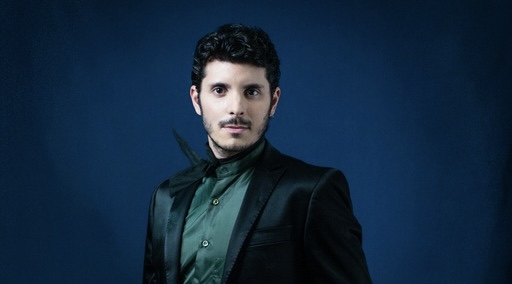
Q & A: Soprano Sherezade Panthaki On the Art of Baroque Music
By Francisco SalazarSherezade Panthaki is one of today’s most recognized Baroque singers. An acknowledged star in the early-music field, she has performed with some of the most prestigious Baroque and early period orchestras, as well as with such prominent conductors as Nicholas McGegan, Masaaki Suzuki, Mark Morris, Nicholas Kraemer, Matthew Halls, Paul Agnew, and Lawrence Cummings.
This weekend, Sherezade Panthaki returns to Caramoor where she garnered incredible acclaim for her work in Handel’s “Atalanta.”
Panthaki spoke with OperaWire about her upcoming performance, baroque interpretation, and the intricacies of performing early music.
OW: When were you approached about doing a concert in Caramoor?
Sherezade Panthaki: I did “Atalanta” with the Philharmonia Baroque last year at Caramoor at the outdoor theater. They approached me after that and asked me to put together a program for their baroque series. It is a dream program because I wanted to curate a program that centers around strong women. So this program is about strong female protagonists who are multi-dimensional, complex and intricate personalities and what they do is lead the narrative rather than succumb to their fates. They are not secondary.
OW: Could you elaborate a bit more on that program?
SP: It is a mixture of operas that people who know Baroque opera know well and then some that are unknown. For example, I am doing some selections from Handel’s opera “Giulio Cesare,” Purcell’s “Dido Aeneas,” and something from Vivaldi’s rarely performed work “Ottone in Villa.”
So I want to mix up well-known works and rare works and draw people into the repertoire even more. I think it’s important to keep audiences interested and make audiences want to come back and hear more from the taste of what they heard. I also want to keep the program fresh.
OW: Would you say that incorporating rarely performed works into your concerts is important for the Baroque movement?
SP: Baroque opera is getting more recognition and more popularity in the United States, especially with smaller independent companies. But I would love to see the day when Vivaldi and Handel and Rameau are equally recognized as Puccini and Verdi. I would love to see that because the characters are just as intricate and just as primal and the music is just as entrancing. Baroque music does require a different set of perimeters than romantic music does and I think it is why people aren’t as familiar with it and why not as many singers do it. It requires an additional set of training.
OW: Was baroque music what you always wanted to sing from an early age?
SP: I grew up in a household where my parents really enjoyed listening to a lot of Bach. My first oral memory is listening to Bach’s Mass in B Minor. It captivated me from such an early age and the movement I remember specifically is the “Gloria” with the trumpets and the choir and the strings and this incredible rhythmic quality that really captured my attention.
It was like classical music that I could dance to and that remained present in my life as I started piano lessons and when I got to graduate school, I got to delve more into this music. I felt I had come home and I discovered a world of early music that felt distinctive to me and a language that I understood and that was the attraction to it.
OW: Baroque music is always bunched into one but in reality, all composers are very different. Can you tell me about singing these composers and what goes into improvising within their music?
SP: Once you get past the page there is improvisation, ornamentation, and there is an art to it that is hard to quantify or put into words. Listening to people who are experienced in it and trying a number of things allows you to explore and get comfortable with the music. I love the improvisation part of it and it’s not always melody-driven. Sometimes it’s driven from rhythm like Vivaldi’s fiery pulsating works to Purcell’s fluid recitative sections which are dictated by how the voice and the bass line are put together and you draw so many clues from it and then the contrast with the more metrical sections.
Then you look at Handel which is written out and to me, he is the most rewarding and luxurious to the human voice. He gives you soaring gorgeous melodies as well as fiendishly difficult coloratura. If you look at “Giulio Cesare,” there is one seductive and entrancing aria by Cleopatra and then there and then “Da Tempeste” is pure coloratura where I do some cadenzas at the end. There is such a wide range of music.
If you look at Caccini and Monteverdi and end with Handel and Bach, you see that a lot happens in between. And I love the way it is written and I love the personalities that one gets to bring to it because I never feel like I hear the music the same way. Everyone gets a chance to put one’s stamp on it.
OW: Baroque music is entrenched in dance rhythms. Do you think about that a lot when you are singing this music?
SP: I think about it a lot but because I have done it a lot it feels very instinctive and natural to me. There is a sense of dance and rhythm and you can play with it in the vocal line. It’s less rhythmically fluid than what happens with later music which you have more luxury of time and more luxury for ritardando and there is a lot that makes Baroque music different.
There is also a bass line that is so important and sometimes more important than the melodic line because it dictates what the melodic line is going to do. That is also the amazing part of performing this music, because it always feels like it’s chamber music and you are constantly relating to what other instruments are doing and it’s less bel canto and more chamber music.
For me, that is really thrilling and I like to be aware of what other lines are doing and how it fits into my line so we can play off each other. There is a constant interplay between the voices of the instruments.
OW: What makes a great baroque cadenza? And how are baroque cadenzas different from Mozart cadenzas, which you also sing?
SP: It’s different because when you are writing a cadenza, you are giving yourself a few parameters. One is to always stay within the style of the piece and another is to stay within the harmony of how the cadenza has been set up for you because you can end up sounding like you are singing a very different piece. You want the cadenza to also reflect the emotional quality of the piece.
In terms of style, I look for patterns of what is written within the piece and melodies that I can incorporate within the piece in some way. For instance, for Mozart’s “Exsultate, jubilate” which I have done many times, I have written several cadenzas and I may use some riffs from the orchestra part that doesn’t necessarily appear in my part. But that is always the starting point. In Baroque music, we deal with dissonance that is often resolved and I incorporate that into my writing.
Cadenzas should also be personal and performers should use their own strength. For example, I really like the higher extension of my voice so I use it more than my lower for cadenzas. I can also trill for days so I use that a lot.
OW: Do you have a favorite work that you perform and is there a work you are excited about performing in the future?
SP: It’s hard to say because as much as I love living in the Baroque period, there is so much I would love to do and so many works I have yet to encounter and learn. But I do want to do Rameau works because it’s not done often here in the United States. In terms of pieces that I love doing, if I could singing Handel operas and Bach’s Passions every month I would be the happiest I could ever be. But I also do some Beethoven, Poulenc, and Orff, and I live more in the oratorio work because that’s the path my career has taken and I didn’t do young artists programs in opera.


